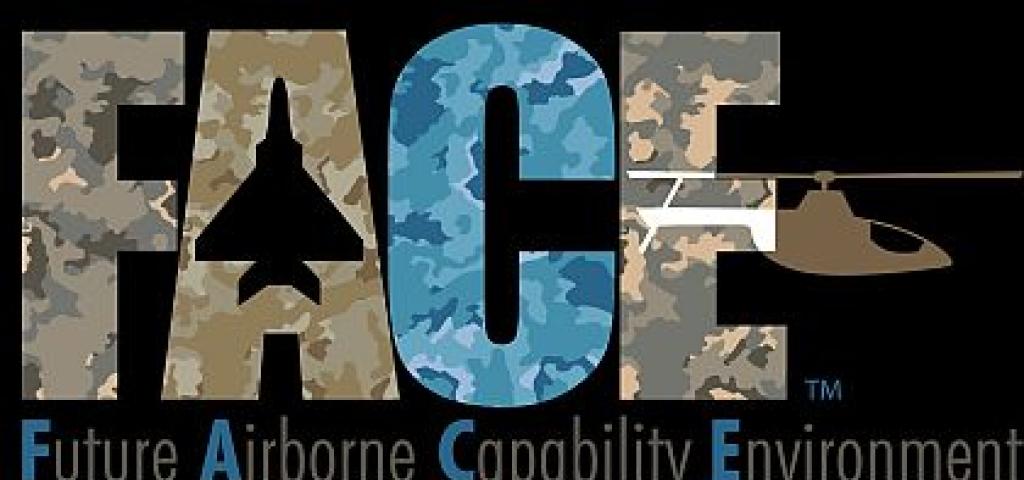
The FACE™ Standard is now Ready and Open for Business

2017 is a banner year for The Open Group Future Airborne Capability Environment (FACE™) Consortium. It is now crossing its seventh anniversary and has completed the technical and business documents that will drive new FACE procurements with enduring efficiencies for generations of military aircraft. The FACE approach is now ready for building efficient, affordable, and competitive next generation aircraft systems.
I was recently elected as the new Chair of the FACE Consortium Business Working Group (BWG), and I am honored and proud to lead this productive organization into a new era of FACE utilization that will accelerate new capabilities for our global military systems. With over 1,300 experts from 95 leading organizations from the US Defense Industry, US Defense Services, and US Intelligence Agencies we are ready to drive this standard to new heights of usage and deployment.
The goal of the FACE Consortium is to enable agile, innovative solutions that give our military a strategic advantage. Traditionally it has focused its avionics financial resources and engineering efforts on single-platform, stove-pipe architectures and software designs. With the FACE architecture, it is now free to focus on driving innovation across many platforms over the entire asset life cycle. This increased application capability and utility speeds cutting edge technology to those who defend our freedom.
The FACE Technical Standard stands on the shoulders of over 100 proven commercial and military standards to provide unique value. It can immediately leverage the design and operational efficiencies proven in commercial aircraft and use these to new capabilities into airborne systems.
The FACE Approach has three very powerful characteristics — Speed, Agility, and Excellence:
- Speed. The FACE Technical Standard directly enables greater speed and agility with a set of standards that have been proven and critically vetted by the consensus participation of the members – we have not reinvented the wheel nor created yet another open architecture (OA) standard in our own image. This focus on proven software foundations drives down risk, and accelerates schedule performance, allowing us to achieve objectives that were not possible using traditional methods, processes, and standards.
- Agility. Achieving innovation agility is critical to get to the higher levels of interoperability and mission performance from our aircraft. By using a common data model and characterizing data according to best known practices, we achieve higher interoperability across domains, systems and capabilities. This reduces the workload required to deploy new components and drives higher levels of mission situational awareness by leveraging standardized platforms and data architectures.
- Excellence. The FACE Technical Standard establishes a software architecture that leads to more robust structure for how components are built, innately driving excellence into software design acquisition, and deployment. The FACE approach provides the entire standards infrastructure needed, for both business and technical operations, for both new and upgrade opportunities. The FACE Technical Standard is based upon proven rules of construction that leads to more resilient designs coupled with an enforceable conformance model that facilitates faster, more robust integration of software components. It already has its first wave of certified FACE conformant software products listed in the FACE Registry, including Wind River VxWorks 653 and is expecting to see many more this year.
The companies that supported the first entries into the FACE Registry – Rockwell Collins, Harris, and Wind River – are leading this FACE business and technical transformation. Using the FACE capabilities is the smart, intelligent way to create innovative solutions for future generations of airborne systems. Deploying FACE solutions will optimize scarce financial and engineering resources and enable the United States and its coalition partners to extend their strategic military advantages over all global adversaries.
We are entering a new era with the FACE standard, transitioning from building and testing the FACE specifications to training users, implementing the standard, and deploying powerful next generation airborne platforms. Feel free to contact any member of the FACE Consortium to help train and guide your organization to advance our airborne systems into a highly-efficient, standards-based future.
For more information on the Open Group FACE Consortium, please see: http://www.opengroup.org/face

